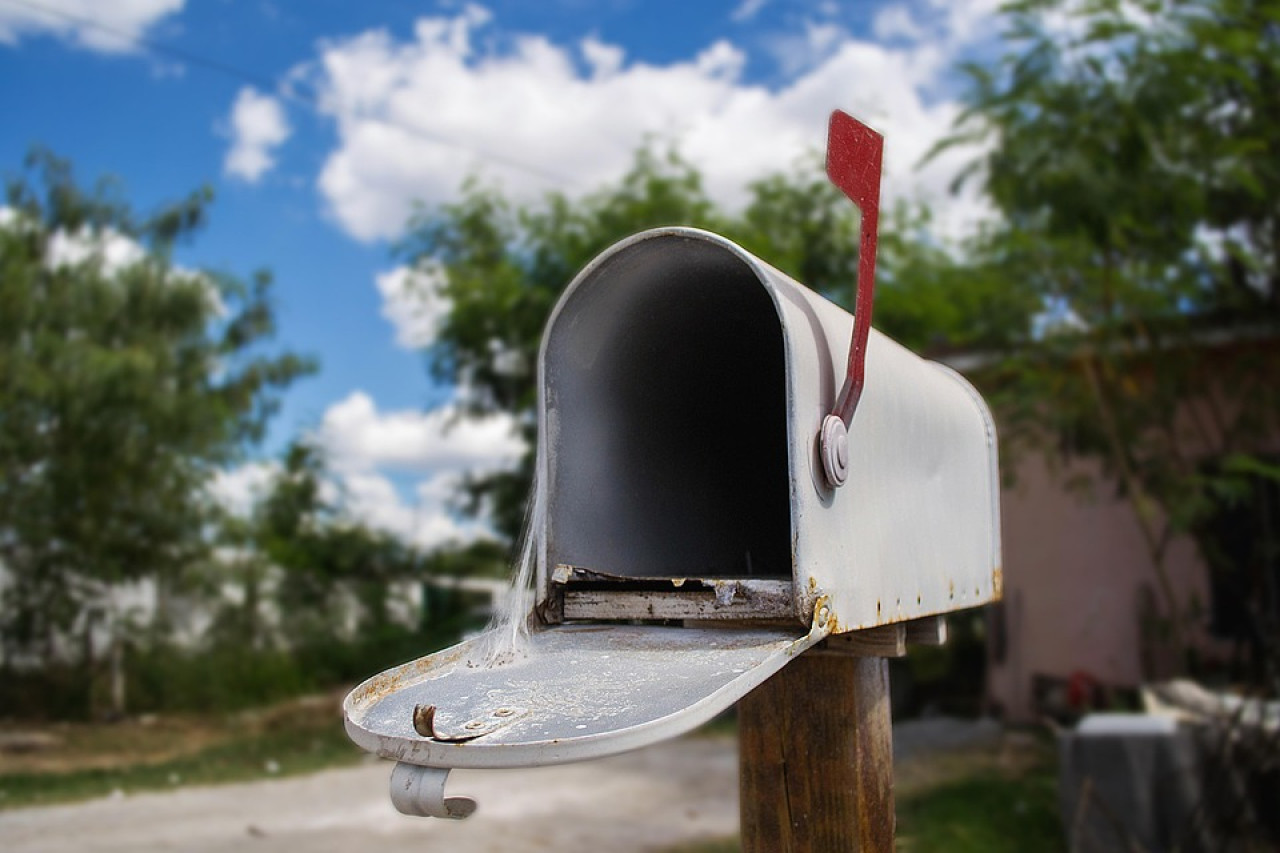Prevent Your Emails from Ending Up in Spam: A Comprehensive Guide
Are you tired of your carefully crafted emails landing in the dreaded spam folder? You’re not alone! Many businesses struggle with this issue, and it can be detrimental to your marketing efforts. In this article, we’ll explore how to stop emails going to spam and ensure your messages reach your audience effectively.
1. Understand the Spam Filters
Before you can prevent your emails from being marked as spam, it’s crucial to understand how spam filters work. These filters analyze various factors, including sender reputation, email content, and recipient engagement. By familiarizing yourself with these elements, you can tailor your emails to avoid the spam trap.
2. Build a Quality Email List
One of the most effective ways to ensure your emails land in the inbox is to build a quality email list. Focus on gathering subscribers who genuinely want to hear from you. Use targeted email databases to reach your ideal audience. Remember, a smaller list of engaged subscribers is far more valuable than a large list of uninterested recipients.
3. Use a Recognizable Sender Name
Your sender name plays a significant role in whether your emails are opened or ignored. Use a recognizable name that your audience trusts. Avoid using generic email addresses like “[email protected].” Instead, opt for a personal touch, such as “John from Your Company.” This simple change can significantly improve your open rates.
4. Craft Compelling Subject Lines
Your subject line is the first thing recipients see, so make it count! Use strong adjectives and power words to grab attention. Avoid spammy phrases like “Free,” “Guaranteed,” or excessive punctuation. Instead, focus on creating curiosity and urgency. For example, “Unlock Exclusive Tips for Your Business” is far more enticing than “Free Tips!”
5. Personalize Your Emails
Personalization goes beyond just using the recipient’s name. Tailor your content to address their specific needs and interests. Use segmentation to send targeted messages based on user behavior, preferences, or demographics. This not only increases engagement but also reduces the likelihood of your emails being marked as spam.
6. Optimize Your Email Content
Content is king, even in emails! Ensure your content is relevant, valuable, and engaging. Use bullet points, short paragraphs, and clear calls to action to improve readability. Avoid excessive images or links, as these can trigger spam filters. Instead, focus on delivering concise, actionable information that resonates with your audience.
7. Monitor Your Sender Reputation
Your sender reputation is crucial in determining whether your emails land in the inbox or the spam folder. Regularly monitor your reputation using tools like Sender Score or Google Postmaster Tools. If you notice a decline, take immediate action to rectify the situation. This may involve cleaning your email list or adjusting your sending practices.
8. Implement Double Opt-In
Double opt-in is a powerful method to ensure that your subscribers genuinely want to receive your emails. After someone signs up, send a confirmation email requiring them to verify their subscription. This not only improves engagement but also reduces the chances of spam complaints.
9. Test Your Emails Before Sending
Before hitting the send button, always test your emails. Use tools like Mail Tester to analyze your email’s spam score. This will help you identify potential issues and make necessary adjustments. Testing can save you from the embarrassment of landing in spam and ensure your emails are optimized for success.
10. Keep Your Email List Clean
Regularly clean your email list to remove inactive subscribers. If someone hasn’t engaged with your emails in a while, consider sending a re-engagement campaign. If they still don’t respond, it’s best to remove them from your list. A clean list improves your sender reputation and reduces the chances of being marked as spam.
11. Monitor Engagement Metrics
Keep an eye on your email engagement metrics, such as open rates, click-through rates, and unsubscribe rates. High engagement indicates that your audience values your content, while low engagement can signal spam issues. Use this data to refine your email strategy and improve your overall performance.
12. Stay Compliant with Regulations
Ensure that your email practices comply with regulations like the CAN-SPAM Act and GDPR. Always include an unsubscribe link in your emails and honor opt-out requests promptly. Non-compliance can lead to spam complaints and damage your sender reputation.
Conclusion: Take Action Now!
Preventing your emails from ending up in spam is not just about following best practices; it’s about taking action. By implementing the strategies outlined in this guide, you can significantly improve your email deliverability and engagement. Remember, the key to success lies in understanding your audience and delivering valuable content that resonates with them.
Don’t let your hard work go to waste! Start applying these tips today and watch your email marketing efforts flourish. The inbox is waiting for you!





